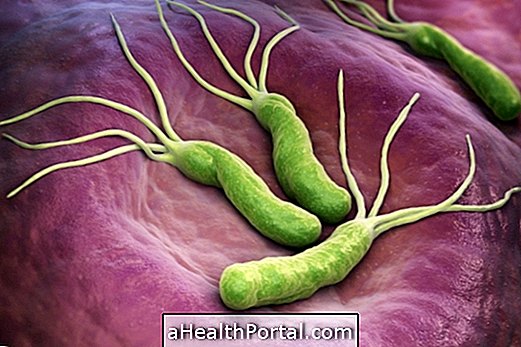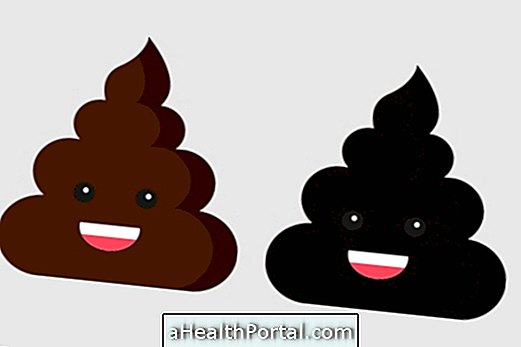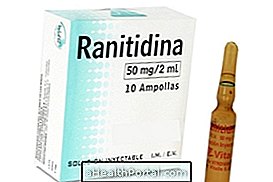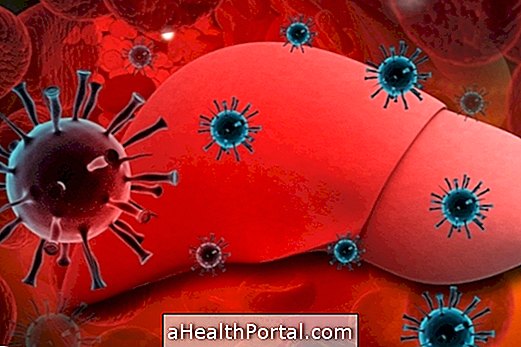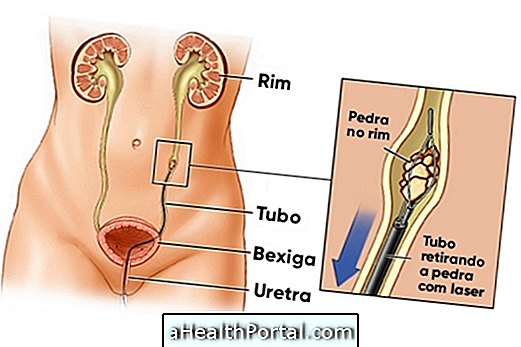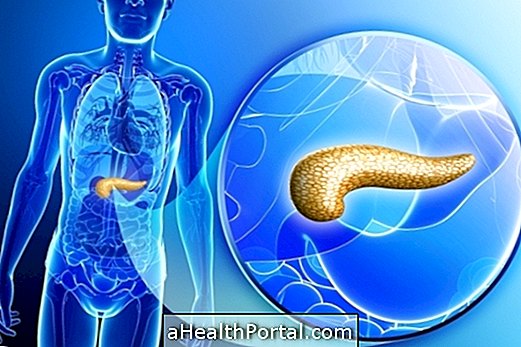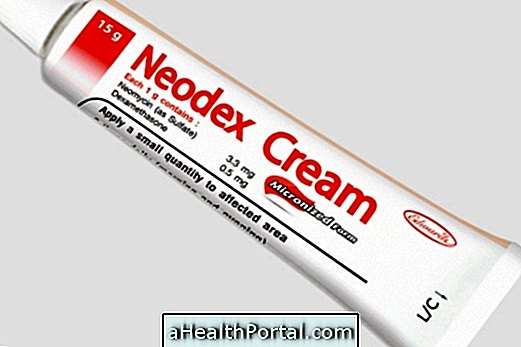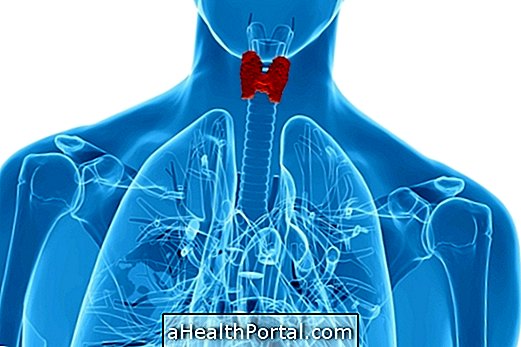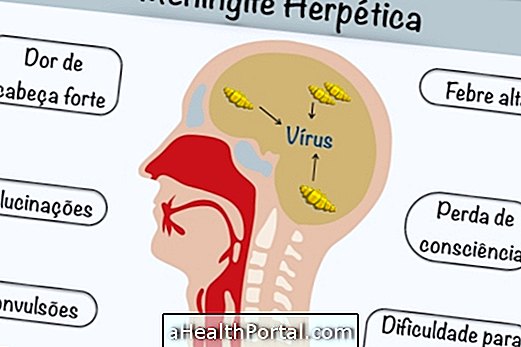Treatment for gallbladder or bile duct cancer may include surgery for gallbladder removal, as well as radiotherapy and chemotherapy sessions, which can be targeted to when the cancer has metastases, which means the disease has spread to other areas of the body. body.
The treatment should be guided by an oncologist and usually varies according to the type, degree of tumor development and patient's symptoms, and is usually performed at Institutes of Oncology, such as INCA, for example.
Does Gallbladder Cancer Cure?
Not all gallbladder cancers are cured, and in more severe cases only palliative care can be used to keep the patient comfortable and symptom-free.
Surgery for gallbladder cancer
Surgical treatment for gallbladder cancer is the main type of treatment used and is usually done to remove as much tumor as possible and can be divided into 3 major types:
- Surgery to remove the bile duct: it is used when the cancer has not spread beyond the gallbladder and its channels and involves the complete removal of the organ;
- Partial hepatectomy: it is used when the cancer is near the liver, being recommended to remove, in addition to the gallbladder, a small portion of the liver without side effects;
- Liver transplantation: consists of the complete removal of the liver and bile system and liver transplantation by a healthy donor and is only used in the most serious cases, since there is a risk of the cancer coming back.
However, surgery is not always able to completely eliminate the tumor in the gallbladder and, therefore, it may be necessary to make a small tunnel into the bile ducts to allow the bile to pass through and relieve the patient's symptoms. Learn how recovery from surgery is: When it is indicated and how recovery from surgery is to remove the gallbladder.
In these cases, the doctor may also advise to do radiotherapy or chemotherapy to try to eliminate the remaining cancer cells.
Radiotherapy for gallbladder cancer
Radiotherapy for gallbladder cancer is usually used in the more advanced cases of the problem where it is not possible to remove the tumor with surgery alone to relieve the patient's symptoms such as pain, persistent nausea and loss of appetite, for example .
Radiation therapy is usually done through a machine, placed near the affected site, which emits radiation capable of destroying the tumor cells. In order to achieve the desired result it may be necessary to perform several sessions of radiotherapy, and in some cases, healing can only be achieved with radiotherapy.
Know the main side effects of this type of treatment in: Side effects of radiotherapy.
Chemo for gallbladder cancer
Chemotherapy for gallbladder cancer can be done before surgery, to reduce the amount of cancer cells and to facilitate the removal of the tumor, or after surgery, to eliminate the remaining tumor cells.
Usually, chemotherapy is done with the injection of drugs capable of preventing the multiplication of cancer cells, such as Cisplatin or gemcitabine, directly into the vein; however, in some cases it can also be done by ingestion of tablets, presenting fewer side effects.
See the side effects of chemotherapy in: Side effects of chemotherapy.
Signs of gallbladder cancer improvement
Signs of improvement in gallbladder cancer arise soon after surgery or the first cycles of treatment with radiation therapy or chemotherapy and include relief of abdominal pain, reduced nausea, and increased appetite.
Signs of worsening gallbladder cancer
Signs of worsening gallbladder cancer are more common in the more advanced stages of the disease and include increased pain, rapid weight loss, excessive thinness, constant tiredness, apathy or mental confusion, for example.
